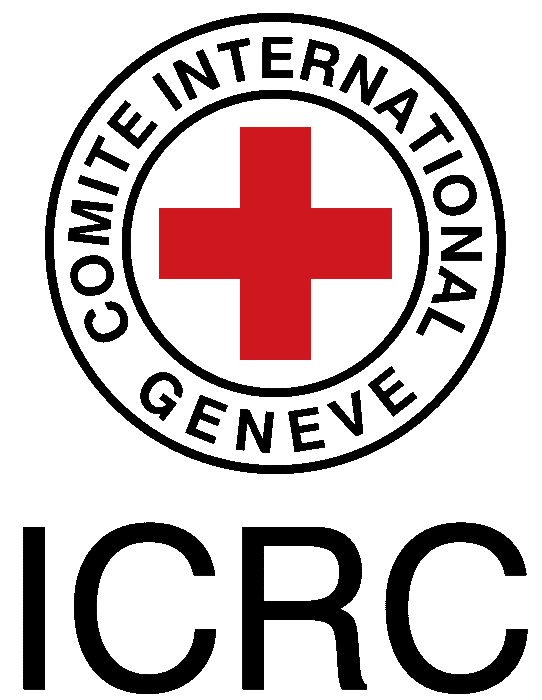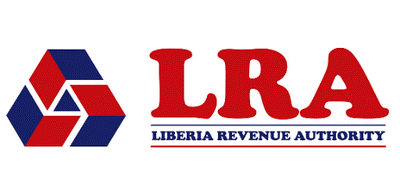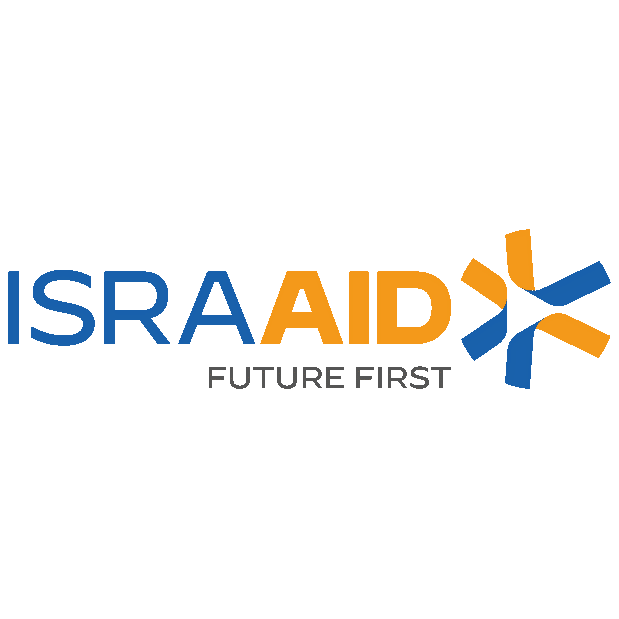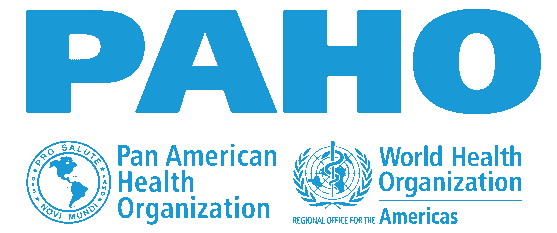Advanced hazard identification & risk assessment techniques Training course
INTRODUCTION
In today's dynamic and complex work environments, simply identifying hazards isn't enough. Professionals need advanced skills to proactively uncover potential dangers and conduct thorough risk assessments to prevent incidents and foster a culture of safety. This Advanced hazard identification & risk assessment techniques Training course equips safety professionals, managers, and engineers with cutting-edge methodologies and practical tools to excel in advanced hazard identification and risk assessment, going beyond basic compliance to achieve true safety excellence.
This Advanced hazard identification & risk assessment techniques Training course will empower professionals to move beyond basic safety practices and become leaders in proactive hazard identification and robust risk assessment, ultimately contributing to safer and more productive workplaces.
DURATION
10 days
TARGET AUDIENCE
This course is ideal for professionals who are already involved in occupational health and safety and are looking to enhance their skills in hazard identification and risk assessment. This includes:
- Safety Managers and Officers
- HSE Professionals
- Engineers
- Supervisors and Team Leaders
- Risk Management Professionals
- Auditors
- Anyone responsible for workplace safety and risk mitigation
COURSE OBJECTIVES
Upon completion of this training course, participants will be able to:
- Master Advanced Hazard Identification Techniques: Apply a range of sophisticated methods beyond traditional inspections to proactively identify potential hazards, including emerging risks and latent conditions.
- Conduct Comprehensive Risk Assessments: Utilize advanced risk assessment methodologies, including qualitative, quantitative, and semi-quantitative approaches, to accurately evaluate the likelihood and severity of potential harm.
- Apply Systematic Risk Prioritization: Employ effective techniques to prioritize risks based on their potential impact and develop targeted mitigation strategies.
- Integrate Human Factors in Risk Assessment: Understand and incorporate human error and behavioral influences into the risk assessment process.
- Utilize Bow-Tie Analysis: Apply the Bow-Tie methodology to analyze accident pathways, preventative controls, and mitigating measures for complex hazards.
- Implement Layer of Protection Analysis (LOPA): Understand and apply LOPA to assess the adequacy of independent protection layers in preventing high-consequence events.
- Develop Effective Risk Control Measures: Design and implement robust control measures based on the hierarchy of controls, considering both immediate and long-term solutions.
- Communicate Risk Effectively: Clearly and concisely communicate risk assessment findings and recommendations to stakeholders at all levels of the organization.
COURSE MODULES
Module 1: Advanced Hazard Identification Methodologies
- Explore proactive techniques like Job Safety Analysis (JSA) enhancements and Task Hazard Analysis (THA) refinements.
- Master systematic tools such as HAZOP (Hazard and Operability Study) and FMEA (Failure Mode and Effects Analysis).
- Learn to identify latent hazards and weak signals through incident precursor analysis and near-miss investigations.
- Understand how human factors and organizational influences contribute to hazard development.
- Identify emerging risks and technological hazards associated with new processes and automation.
Module 2: Advanced Risk Assessment Principles and Methodologies
- Deep dive into various risk assessment standards and frameworks like ISO 31000 and IEC 61508.
- Understand and apply Quantitative Risk Assessment (QRA) techniques, including probability analysis.
- Utilize semi-quantitative risk assessment methods like risk scoring and indexing for practical application.
- Develop skills in scenario-based risk assessment to analyze potential accident pathways.
- Adapt risk assessment methodologies for dynamic environments and project-based work.
Module 3: Layer of Protection Analysis (LOPA)
- Grasp the fundamental principles of LOPA and the concept of independent protection layers (IPLs).
- Learn to systematically identify initiating events, consequences, and relevant IPLs for analysis.
- Master the process of determining the probability of initiating events and IPL failure.
- Apply LOPA to calculate risk and identify potential risk gaps in existing safeguards.
- Explore practical applications and case studies of LOPA across different industries.
Module 4: Bow-Tie Analysis for Complex Hazards
- Gain a comprehensive understanding of the Bow-Tie methodology and its components.
- Develop proficiency in constructing Bow-Tie diagrams for complex hazard scenarios.
- Learn to effectively analyze threats, consequences, and the effectiveness of controls.
- Utilize Bow-Tie analysis for clear risk communication and informed decision-making.
- Explore software and tools that can aid in developing and managing Bow-Tie analyses.
Module 5: Integrating Human Factors in Risk Assessment
- Explore different types of human error and the factors influencing human performance.
- Gain an introduction to Human Reliability Analysis (HRA) techniques for quantifying human error probability.
- Understand the principles of behavioral-based safety and its integration into risk assessment.
- Learn how to apply ergonomic principles and human-centered design to mitigate risk.
- Analyze the impact of organizational factors like culture and communication on risk.
Module 6: Advanced Risk Control and Mitigation Strategies
- Deepen your understanding of the hierarchy of controls and its practical application.
- Explore advanced techniques for developing robust engineering controls to eliminate or reduce hazards.
- Design effective administrative controls, including safe work procedures and training programs.
- Implement strategies for performance monitoring and verification of control effectiveness.
- Learn to conduct cost-benefit analysis of different risk control measures.
Module 7: Risk Communication and Stakeholder Engagement
- Master the principles of effective risk communication for diverse audiences.
- Develop strategies for tailoring risk communication to different stakeholders.
- Learn to utilize visual aids and tools to enhance risk communication clarity.
- Understand how to address risk perception and effectively manage stakeholder concerns.
- Explore methods for facilitating stakeholder involvement in the risk management process.
Module 8: Practical Application and Case Studies
- Engage in hands-on exercises and simulations to apply learned techniques to real-world scenarios.
- Participate in group discussions and problem-solving related to complex risk challenges.
- Develop actionable risk management plans for implementing advanced techniques within organizations.
- Review current industry best practices and successful case studies of advanced risk management.
- Learn strategies for continuous improvement and ongoing evaluation of risk management processes.
CERTIFICATION
- Upon successful completion of this training, participants will be issued with Macskills Training and Development Institute Certificate
TRAINING VENUE
- Training will be held at Macskills Training Centre. We also tailor make the training upon request at different locations across the world.
AIRPORT PICK UP AND ACCOMMODATION
- Airport pick up and accommodation is arranged upon request
TERMS OF PAYMENT
- Payment should be made to Macskills Development Institute bank account before the start of the training and receipts sent to info@macskillsdevelopment.com
Advanced Hazard Identification & Risk Assessment Techniques Training Course in Kenya
| Dates | Fees | Location | Action |
|---|---|---|---|
| 13/10/2025 - 24/10/2025 | $3,950 | Kigali |
|
| 20/10/2025 - 31/10/2025 | $2,450 | Nairobi |
|
| 10/11/2025 - 14/11/2025 | $4,950 | Johannesburg |
|
| 10/11/2025 - 21/11/2025 | $5,950 | Instanbul |
|
| 17/11/2025 - 28/11/2025 | $2,450 | Nairobi |
|
| 01/12/2025 - 12/12/2025 | $2,450 | Nairobi |
|
| 05/01/2026 - 16/01/2026 | $4,950 | Johannesburg |
|
| 12/01/2026 - 23/01/2026 | $3,250 | Mombasa |
|
| 19/01/2026 - 30/01/2026 | $2,450 | Nairobi |
|
| 02/02/2026 - 13/02/2026 | $5,950 | Instanbul |
|
| 16/02/2026 - 27/02/2026 | $2,450 | Nairobi |
|
| 02/03/2026 - 13/03/2026 | $4,950 | Johannesburg |
|
| 09/03/2026 - 20/03/2026 | $3,950 | Kigali |
|
| 16/03/2026 - 27/03/2026 | $2,450 | Nairobi |
|
| 06/04/2026 - 17/04/2026 | $4,950 | Johannesburg |
|
| 13/04/2026 - 24/04/2026 | $3,250 | Mombasa |
|
| 04/05/2026 - 15/05/2026 | $4,950 | Johannesburg |
|
| 11/05/2026 - 22/05/2026 | $3,950 | Kigali |
|
| 18/05/2026 - 29/05/2026 | $2,450 | Nairobi |
|
| 01/06/2026 - 12/06/2026 | $3,950 | Kigali |
|
| 08/06/2026 - 19/06/2026 | $2,450 | Nairobi |
|





















